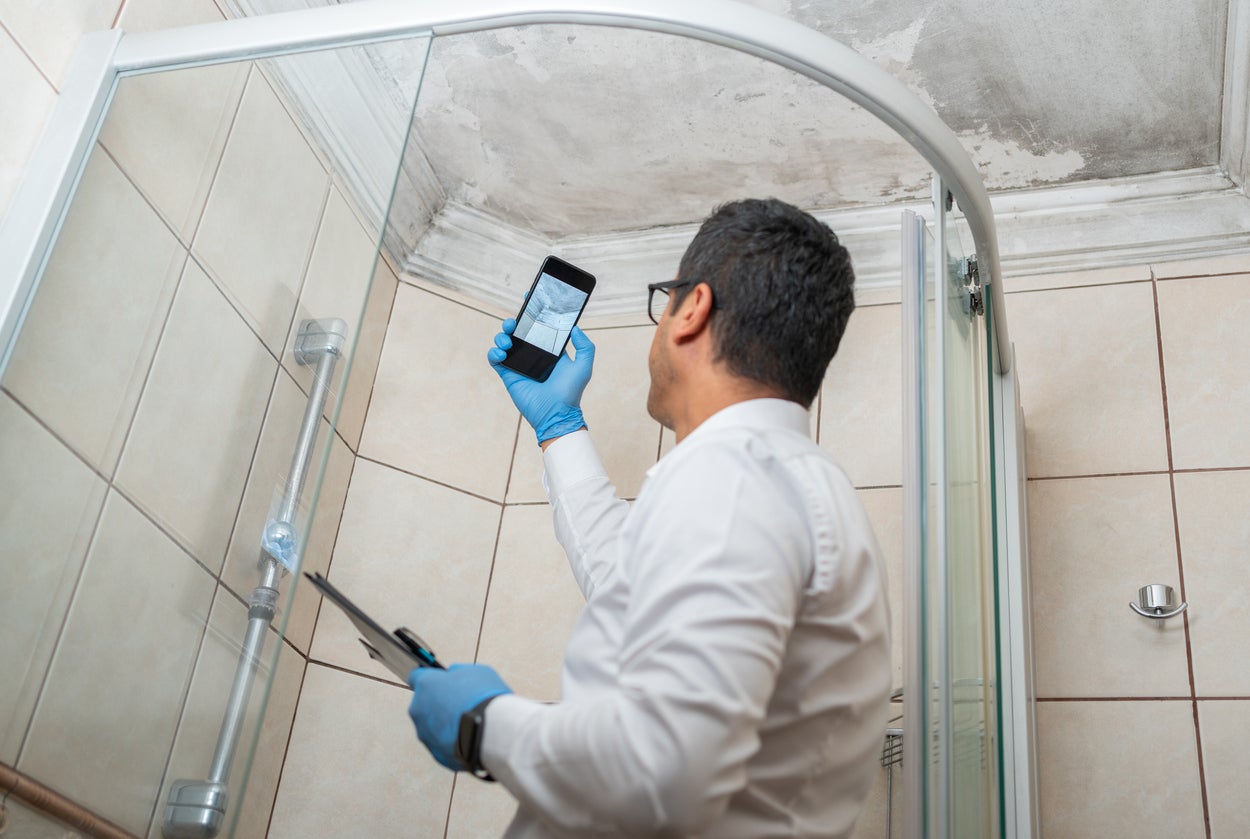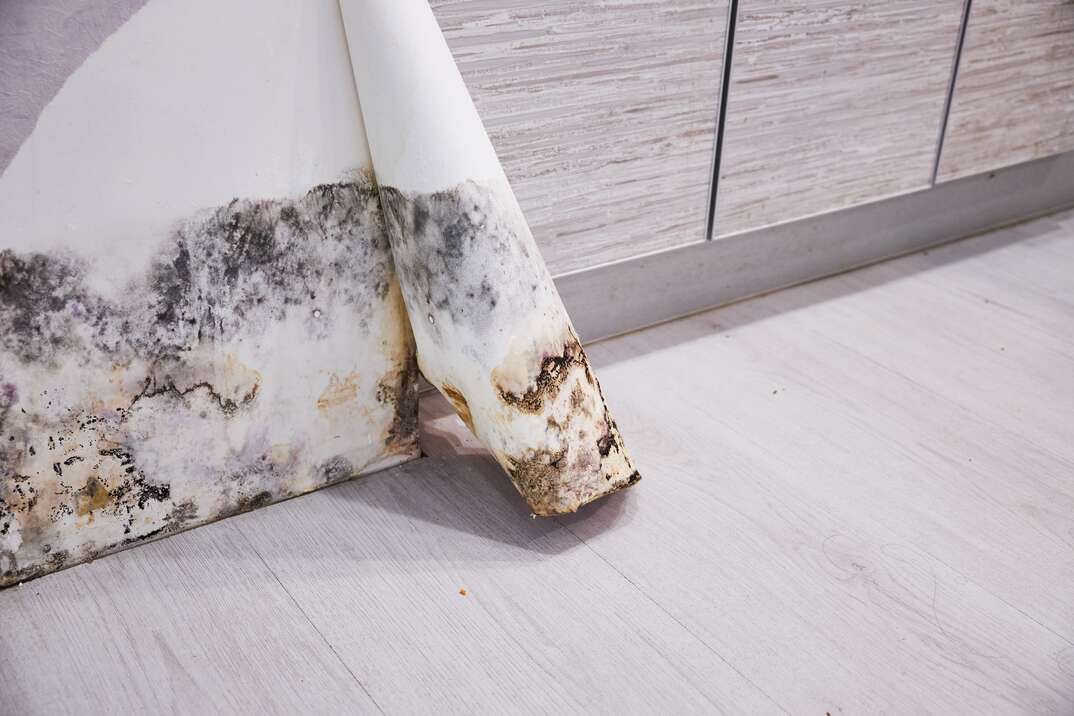Specialist Tips for Post Mold And Mildew Remediation Success
In the realm of mold and mildew removal, effectively eliminating mold is just half the battle; truth challenge hinges on preventing its reappearance. Post-remediation initiatives play an important role in ensuring a mold-free environment in the long-term. By sticking to expert ideas and ideal practices, individuals can protect their areas against mold and mildew rebirth and maintain a healthy interior atmosphere. It is in this stage of the removal procedure that interest to detail and positive actions really make a difference.
Screen Moisture Levels Frequently
Routine monitoring of humidity levels is necessary in making certain the performance of blog post mold and mildew remediation efforts. After completing mold and mildew removal procedures, preserving optimal moisture degrees is critical to avoid mold re-growth and guarantee a healthy indoor atmosphere. Surveillance humidity degrees permits very early detection of any kind of spikes or variations that could possibly lead to mold revival. High humidity levels over 60% develop a helpful atmosphere for mold and mildew to thrive, making regular keeping an eye on an aggressive action to avoid any future mold issues - After mold remediation.
Using hygrometers or dampness meters can help in properly measuring moisture levels in different locations of the home. These tools supply real-time data that makes it possible for removal experts to make educated decisions regarding air flow, dehumidification, and other required actions to maintain optimal humidity levels post-remediation. Furthermore, establishing a regular schedule for humidity checks, especially in risky areas such as basements, kitchen areas, and bathrooms, is an aggressive strategy to mold and mildew prevention. By regularly monitoring humidity degrees, building owners can efficiently reduce the risk of mold and mildew reoccurrence and maintain a healthy and balanced indoor environment post-remediation.
Conduct Thorough Inspections Post-Remediation
Complying with the completion of mold removal procedures, it is crucial to conduct detailed evaluations to validate the performance of the remediation procedure. These post-remediation inspections are vital in guaranteeing that the mold and mildew issue has been efficiently dealt with which there is no reappearance or remaining mold growth. Examinations should be accomplished by certified specialists who have expertise in determining mold and mildew and assessing indoor air high quality.
Throughout these assessments, numerous techniques such as aesthetic analyses, air sampling, and surface tasting may be utilized to thoroughly evaluate the remediated areas. Aesthetic analyses entail a detailed evaluation of the premises to inspect for any visible indicators of mold development or water damages. Air tasting aids in figuring out the air-borne mold and mildew spore levels, while surface sampling can identify mold and mildew particles on surface areas.
Implement Appropriate Air Flow Approaches
After guaranteeing the performance of the mold removal process via thorough examinations, the next essential step is to concentrate on implementing appropriate air flow techniques. Ample ventilation is necessary in avoiding mold and mildew reoccurrence by regulating moisture degrees and advertising air flow.
Proper ventilation not just help in avoiding mold and mildew development but likewise adds to the general wellness and comfort of residents. By making sure adequate air flow throughout the property, you can decrease the threat of mold regrowth and produce a much healthier living environment. Routine maintenance of ventilation systems, consisting of cleansing and filter replacements, is critical to sustaining efficient air flow. Consulting with HVAC specialists can give more insights right into enhancing air flow approaches for your specific building requirements.

Usage Mold-Resistant Products for Repairs
To enhance the lasting performance of mold and mildew removal efforts, incorporating mold-resistant products for repair services is vital in alleviating the risk of future mold and mildew development. Mold-resistant materials are designed to hold up against dampness and prevent mold development, making them a necessary option for areas vulnerable to moisture and humidity. When fixing areas affected by mold and mildew, utilizing products such as mold-resistant drywall, mold-resistant paints, and mold-resistant caulking can assist prevent mold and mildew reoccurrence.
Mold-resistant drywall is an exceptional alternative to typical drywall in areas like washrooms and basements where wetness degrees are greater. This kind of drywall has a special finish that stands up to mold growth also when revealed to damp conditions. In addition, making use of mold-resistant paints consisting of antimicrobial representatives can even more inhibit mold development on walls and ceilings.
In locations where wetness prevails, such as washrooms and kitchen areas, utilizing mold-resistant caulking around windows, sinks, and bathtubs can assist secure out water and link prevent mold from holding in next cracks and holes. By buying these mold-resistant products during repair work post-remediation, you can substantially lower the likelihood of future mold and mildew issues and keep a much healthier interior atmosphere.
Maintain Cleanliness and Address Water Issues
After mold removal, it is vital to maintain a clean environment to stop the regrowth of mold and mildew. Leakages, water intrusion, or high humidity levels can produce the excellent breeding ground for mold, so it is imperative to repair any kind of water-related troubles immediately.
To preserve sanitation, think about making use of HEPA filters in vacuums and air cleansers to trap mold and mildew spores and avoid their circulation in the air. In addition, making certain proper air flow in areas susceptible to moisture buildup, such as kitchens and restrooms, can aid maintain humidity levels in check. By remaining cautious concerning cleanliness and dealing with water issues promptly, you can effectively prevent mold reinfestation and maintain a healthy and balanced interior environment.
Verdict

In the realm of mold and mildew removal, effectively eliminating mold and mildew is only half the fight; the real obstacle exists in avoiding its reappearance. After completing mold removal treatments, maintaining optimum humidity levels is crucial to stop mold re-growth and ensure a healthy and balanced indoor atmosphere. High humidity degrees over 60% produce a helpful setting for mold click and mildew to flourish, making routine keeping track of a positive step to stop any kind of future mold and mildew concerns.
To boost the long-term efficiency of mold and mildew removal efforts, integrating mold-resistant products for repairs is critical in mitigating the danger of future mold and mildew growth. After mold removal, it is important to preserve a tidy setting to avoid the regrowth of mold.